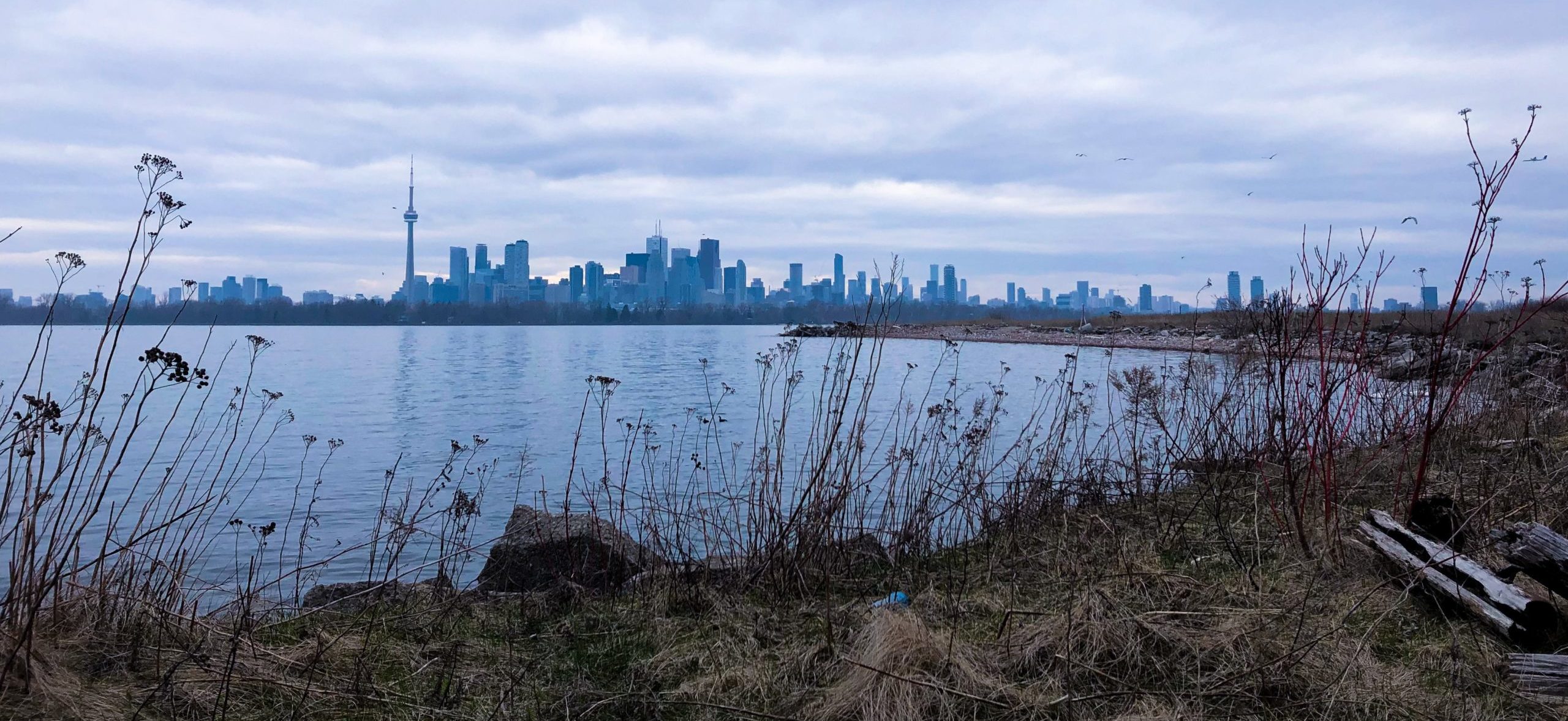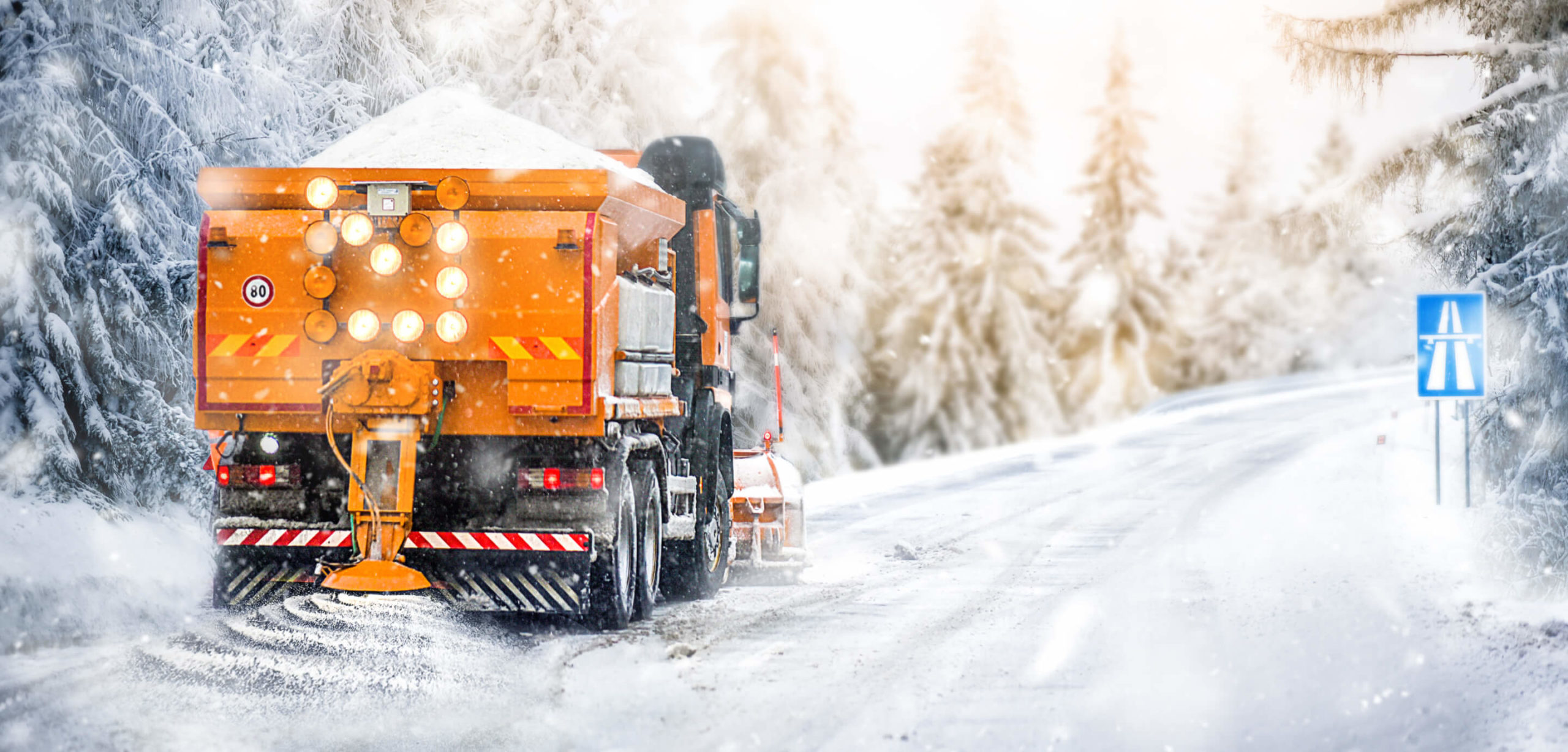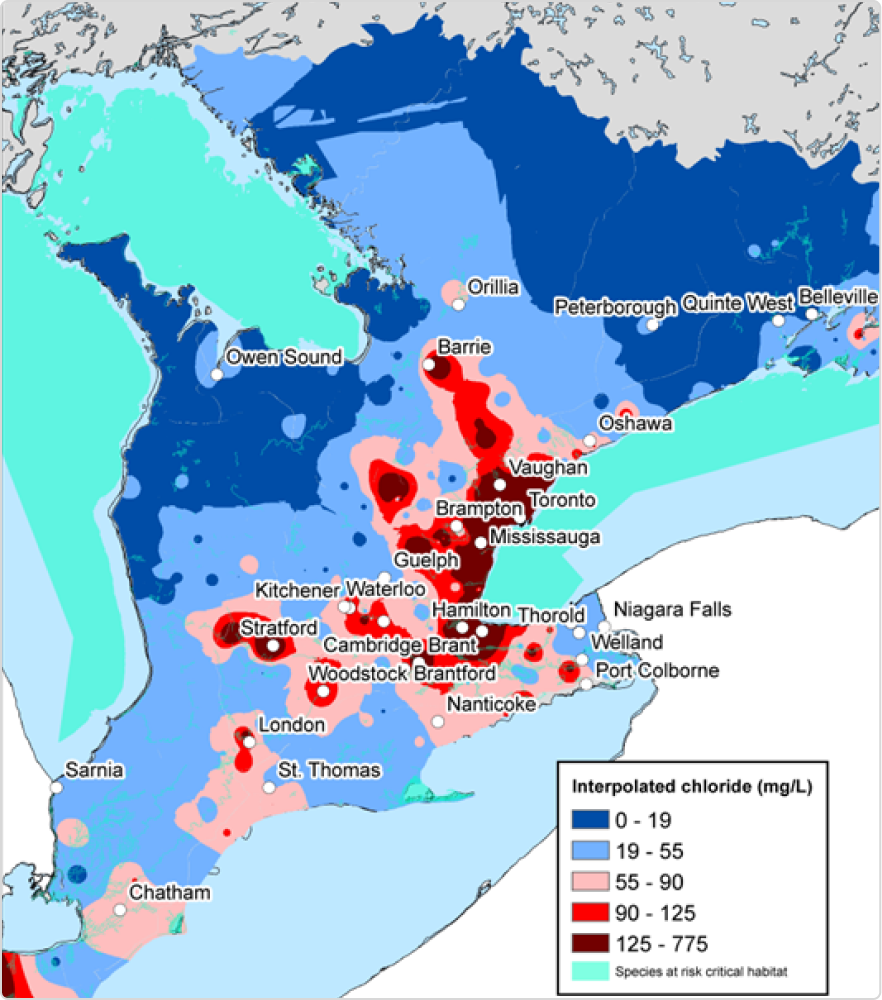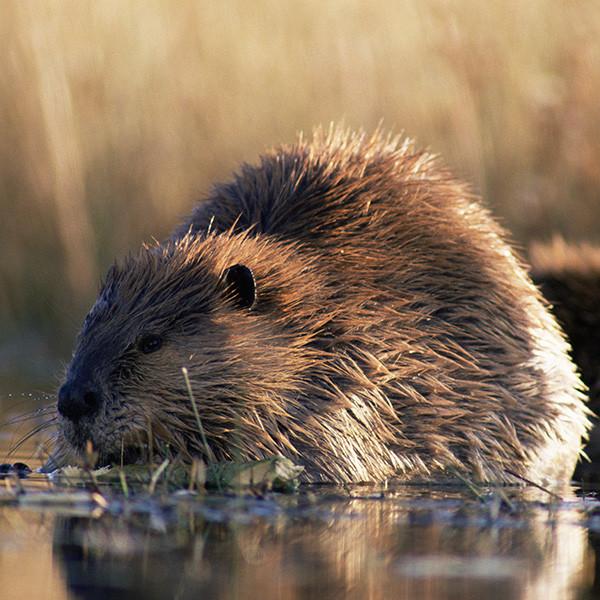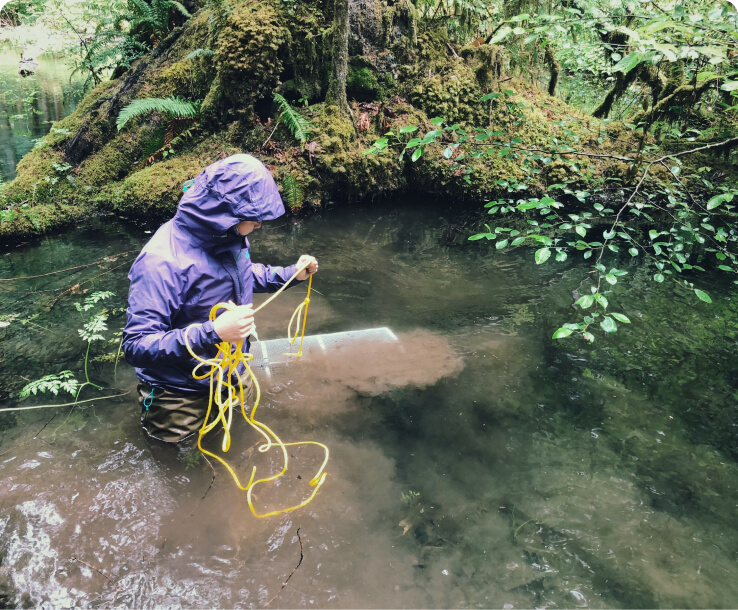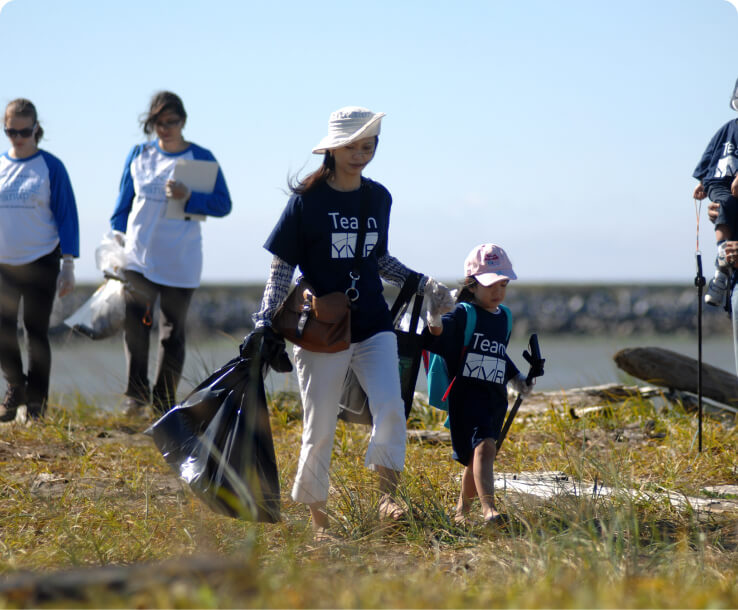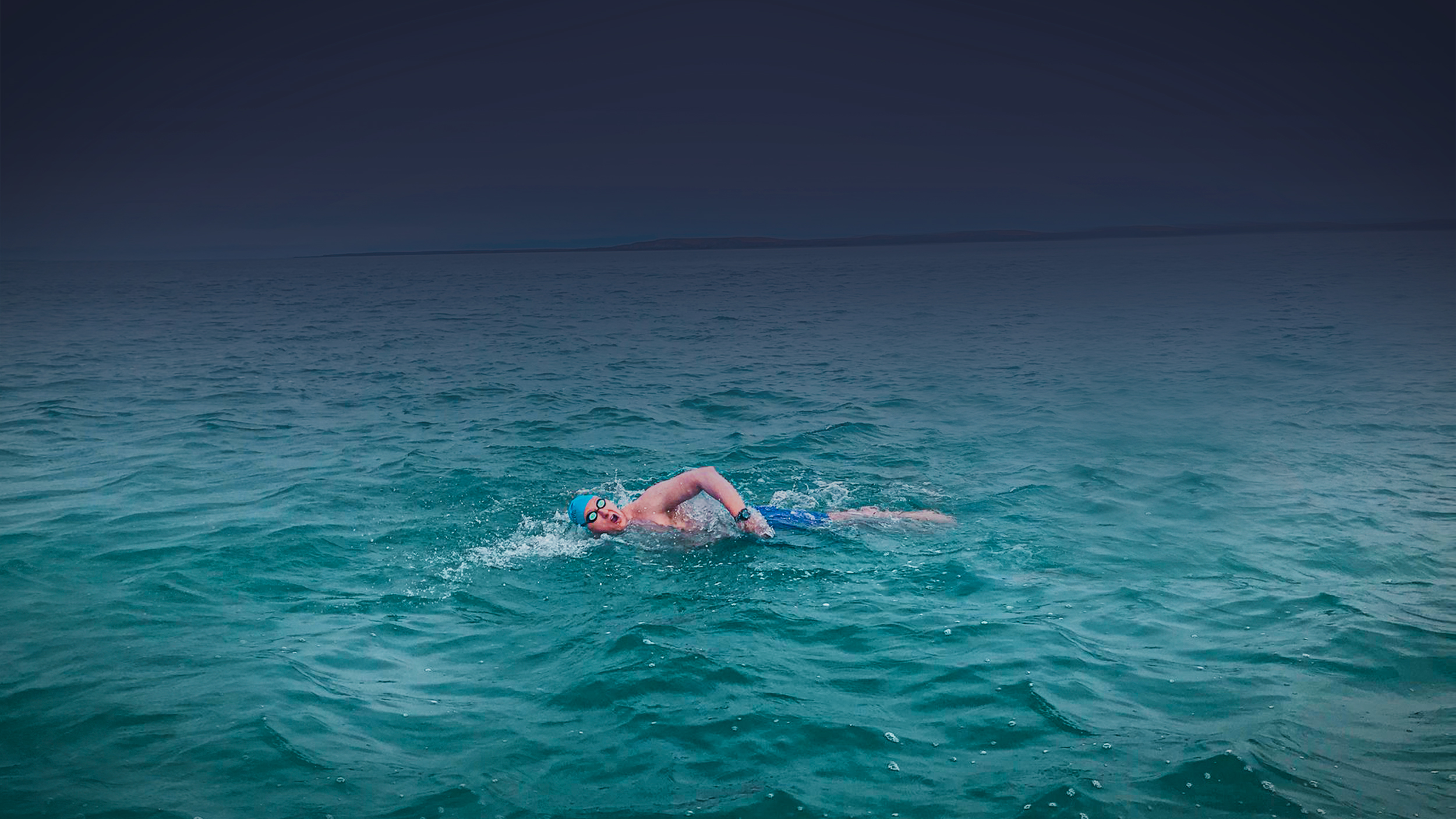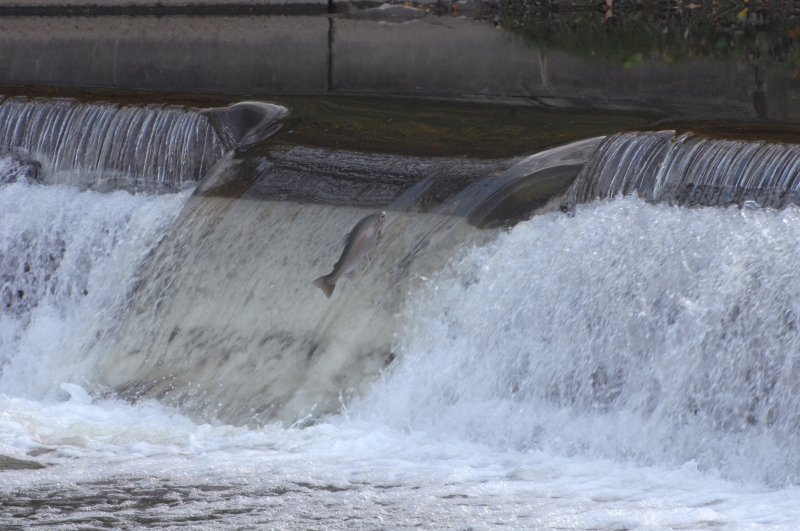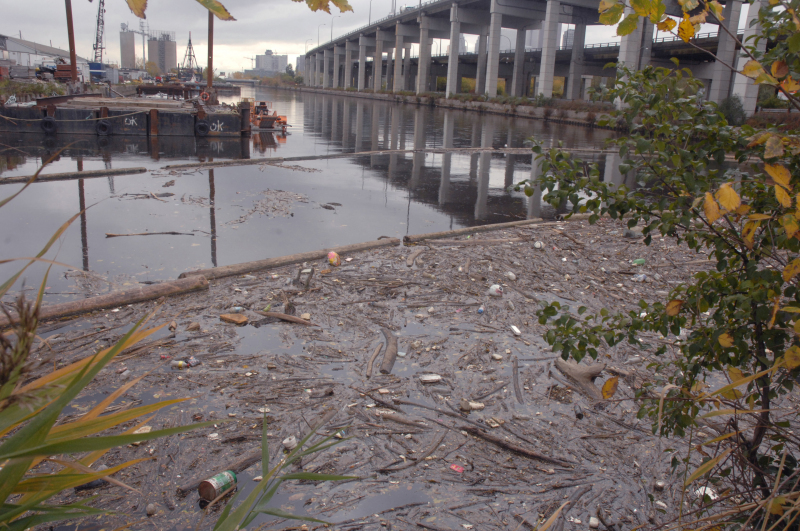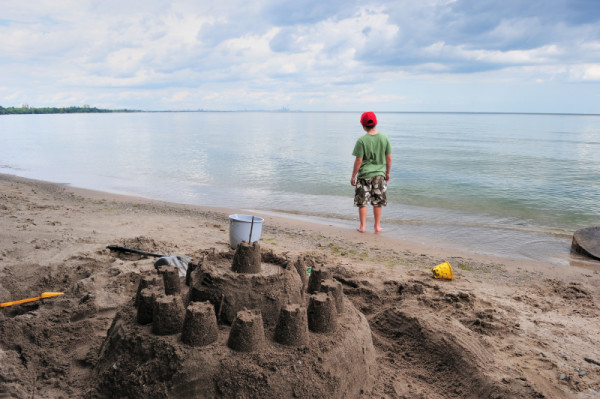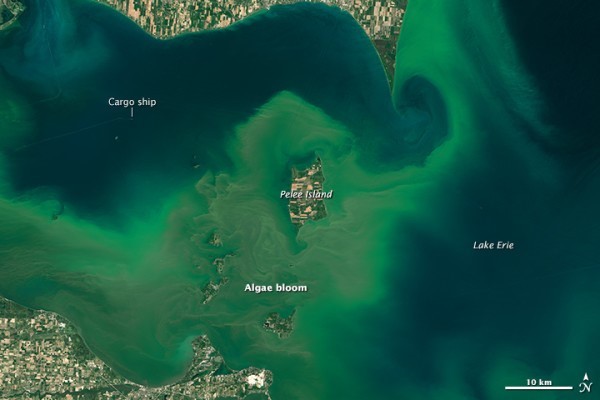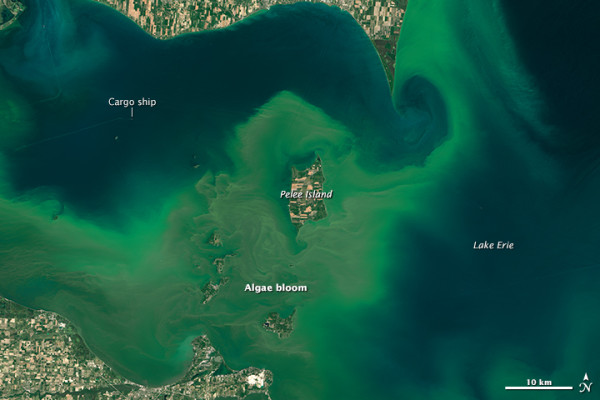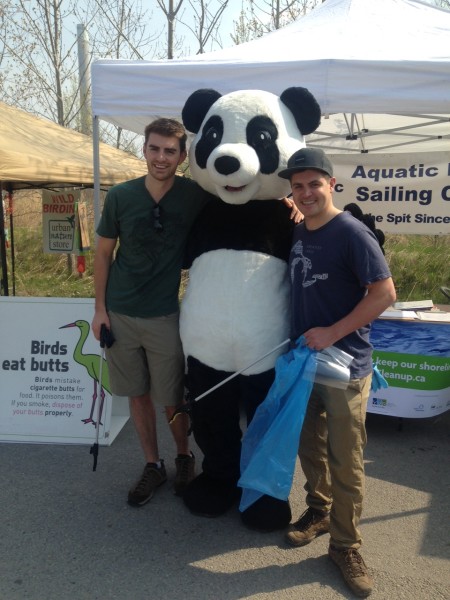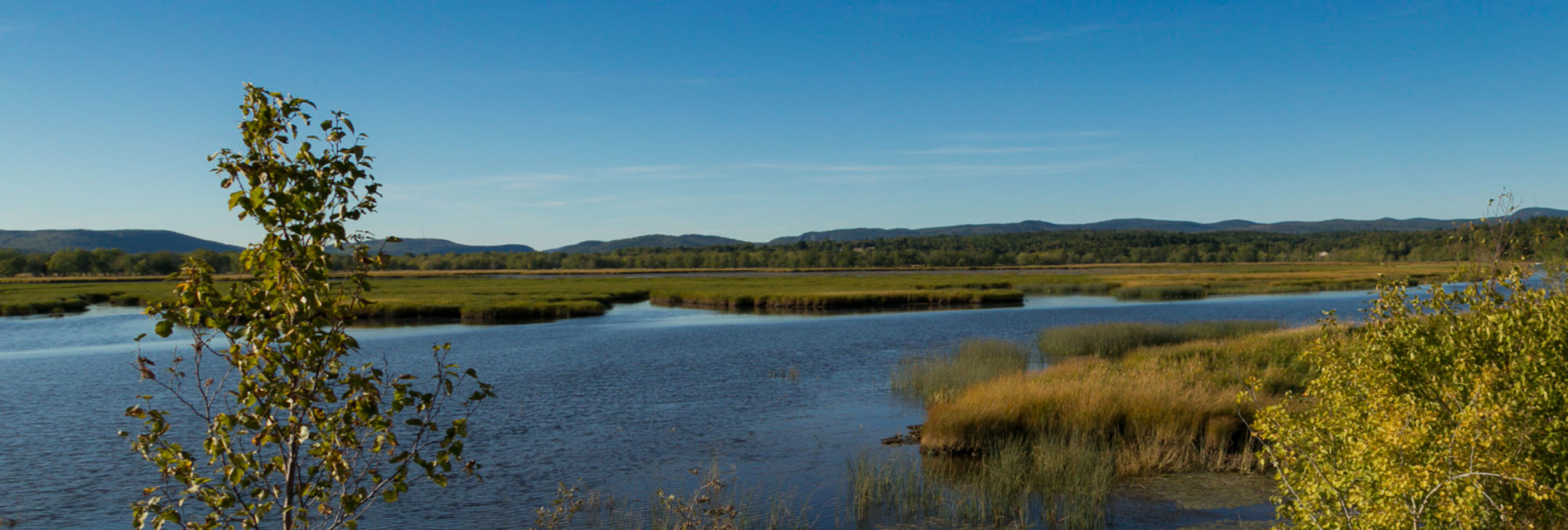In southern Ontario, rapidly increasing levels of chloride (Clˉ), caused by the excessive use of road salt (sodium chloride, magnesium chloride, calcium chloride) in the winter, is having an impact on the lakes and rivers that flow into Lake Ontario. The salt seeps into soil or flows from surfaces into sewers, making its way into creeks, rivers, wetlands and lakes. Road salt’s chloride component is toxic to freshwater ecosystem and life. All this over-salting has led to rapidly increasing levels of chloride in southern Ontario waters, where it’s having a devastating impact on the Great Lakes ecosystem.
Some urban creeks are even becoming as salty as the ocean during spring and winter. Freshwater species such as salamanders, frogs and fish can’t survive in water that’s too salty and are disappearing. In groundwater-dependent communities, salt also ends up in the drinking water, extending the threat from wildlife to people.

